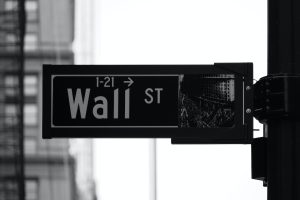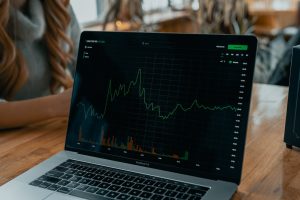Forex trading is a popular investment strategy that involves buying and selling currencies with the aim of making a profit. Traders can participate in the forex market as individuals or as brokers. As a broker, you act as a mediator between the market and your clients, executing trades on their behalf. In this article, we’ll discuss how you can trade on forex as a broker.
1. Choose a Trading Platform
The first step in trading on forex as a broker is to choose a trading platform. There are many trading platforms available, but the most popular ones are MetaTrader 4 (MT4) and MetaTrader 5 (MT5). These platforms are widely used because they offer advanced charting tools, analysis capabilities, and the ability to execute trades quickly.
2. Open a Brokerage Account
Once you’ve chosen a trading platform, you’ll need to open a brokerage account. A brokerage account is a type of account that allows you to buy and sell securities, including currencies, on behalf of your clients. To open a brokerage account, you’ll need to provide personal and financial information, such as your name, email address, and proof of identity.
3. Fund Your Account
After opening a brokerage account, you’ll need to fund it with money to start trading. Most brokers allow you to fund your account through wire transfer, credit card, or electronic payment systems such as PayPal. The amount you need to deposit will depend on the broker and the trading platform you choose.
4. Choose Your Trading Strategy
As a forex broker, you’ll need to develop a trading strategy that suits your clients’ needs. There are many trading strategies to choose from, including swing trading, scalping, and day trading. Your trading strategy should be based on your clients’ investment goals, their risk tolerance, and the market conditions.
5. Analyze the Market
To make informed trading decisions, you’ll need to analyze the market by using technical analysis tools, such as trend lines, moving averages, and stochastic indicators. You can also use fundamental analysis to analyze economic data and news events that affect currency prices. The more you understand the market, the better you’ll be able to execute trades on behalf of your clients.
6. Execute Trades
Once you’ve analyzed the market and developed a trading strategy, you can start executing trades on behalf of your clients. You can place trades manually or use automated trading systems, such as expert advisors (EAs) or robots. These systems can help you execute trades quickly and efficiently, but they should be used with caution, as they can also lead to losses if not properly configured.
7. Monitor Your Positions
As a forex broker, you’ll need to monitor your clients’ positions to ensure they are profitable and to make adjustments when necessary. You should also monitor the market for any news or economic events that could affect currency prices. By keeping a close eye on the market, you can help your clients maximize their profits and minimize their losses.
In conclusion, trading on forex as a broker requires knowledge, skills, and experience. By choosing the right trading platform, developing a trading strategy, analyzing the market, executing trades, and monitoring your positions, you can help your clients achieve their investment goals and succeed in the forex market.





